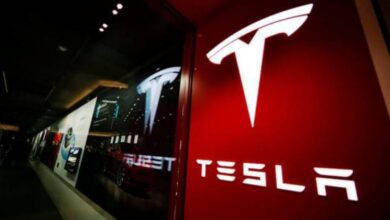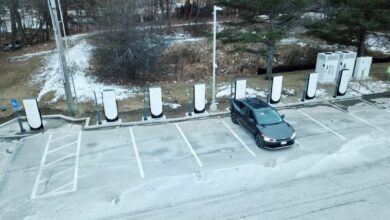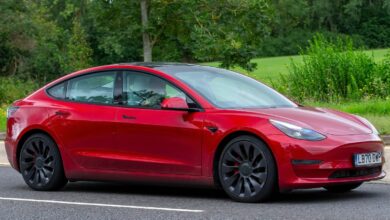The truth about electric vehicles


Amy Rogghe and Rev. Richard Killmer
Have you ever heard that catchphrase, “The future is now!” Well, the current state of electric vehicles is a prime example.
We’ve lived a long time with the greenhouse gas emissions that come from the tailpipes of gas-powered vehicles. Carbon dioxide emissions from the combustion of fossil fuels account for 60% of Maine’s 2019 gross GHG emissions. And 49% of Maine’s fossil fuel emissions come from transportation.
Today, we’re seeing a vastly accelerating shift towards EVs in the national and global markets. We now have the rechargeable battery technology to make EVs not only more practical, but more economical and an answer to many existential problems of our time, like the climate crisis and detrimental public health impacts surrounding air pollution.
In recent months, there’s been much hype surrounding a possibility of automakers no longer making EVs. The facts are these: early EV purchasers who typically were buying the high-priced luxury EVs are not the primary EV buyers anymore. A new group of people buying EVs is appearing, and this population is looking for an economical and modestly priced EVs. Car companies see this and are making changes.
So why is every American not running out and buying an EV? There’s a plethora of myths surrounding EVs making a person ponder … is an EV right for me?
Are there enough places in Maine to charge my EV? The average EV on the market today has a range of about 240 miles on a full charge, so most people will have plenty to get through the day. According to the Department of Energy, Maine had 435 places you can charge your electric car in 2023. Maine has received a $15 million federal grant to install nearly 600 electric vehicle charging stations in more than 70 cities and towns.
The Biden administration has put $7.5 billion into providing charging stations in places where the private sector is not already building them. The United States has about 170,000 charging stations right now. We are adding about 900 per week. With the money that has come from the president’s agenda, we are probably going to get to 500,000 by 2026. And more after that.
Can I afford an EV? The current federal tax credit is $7,500 for new vehicles, and a $4,000 credit for a used EV. Every year we’re seeing many car companies decrease the price of their EVs. And with more and more people buying EVs, there will be an increasing number of used EVs for sale at very economical prices.
Aren’t EVs more costly to maintain? Absolutely not; they’re actually much cheaper to own. Not only do you save money by going to a charging station instead of a gas pump, but there’s fewer moving parts in EVs and far less maintenance costs. The average American with an EV would save around $3,000 a year in gas, and gas prices are so volatile.
Are EVs really better for the environment? Yes. The entire lifecycle of greenhouse gas emissions of an EV (including manufacturing, transportation and disposal) is 30-60% less than its gas-powered counterparts.
I’ve heard EVs aren’t as safe. Not true. EVs are as safe, and in many cases actually safer than gas-powered vehicles. A recent study found that rates of injury claims for EVs were about 40% lower than gas-powered ones. New U.S. government data has also debunked the myth of more fires from EVs during an accident. Actually, gas-powered vehicles are involved in more vehicle fires.
Aren’t the Chinese building EVs, EV chargers, and other needed items? That’s the whole point of these tax credits — to incentivize bringing back that full supply chain in the United States.
Electric vehicles are here, and the future is now.
Rev. Richard Killmer is a retired Presbyterian minister who lives in Yarmouth. Amy Rogghe of Grandville, Michigan, is a physician assistant and executive director of the Michigan Electric Vehicle Alliance.
Related Stories





Invalid username/password.
Please check your email to confirm and complete your registration.
Use the form below to reset your password. When you’ve submitted your account email, we will send an email with a reset code.